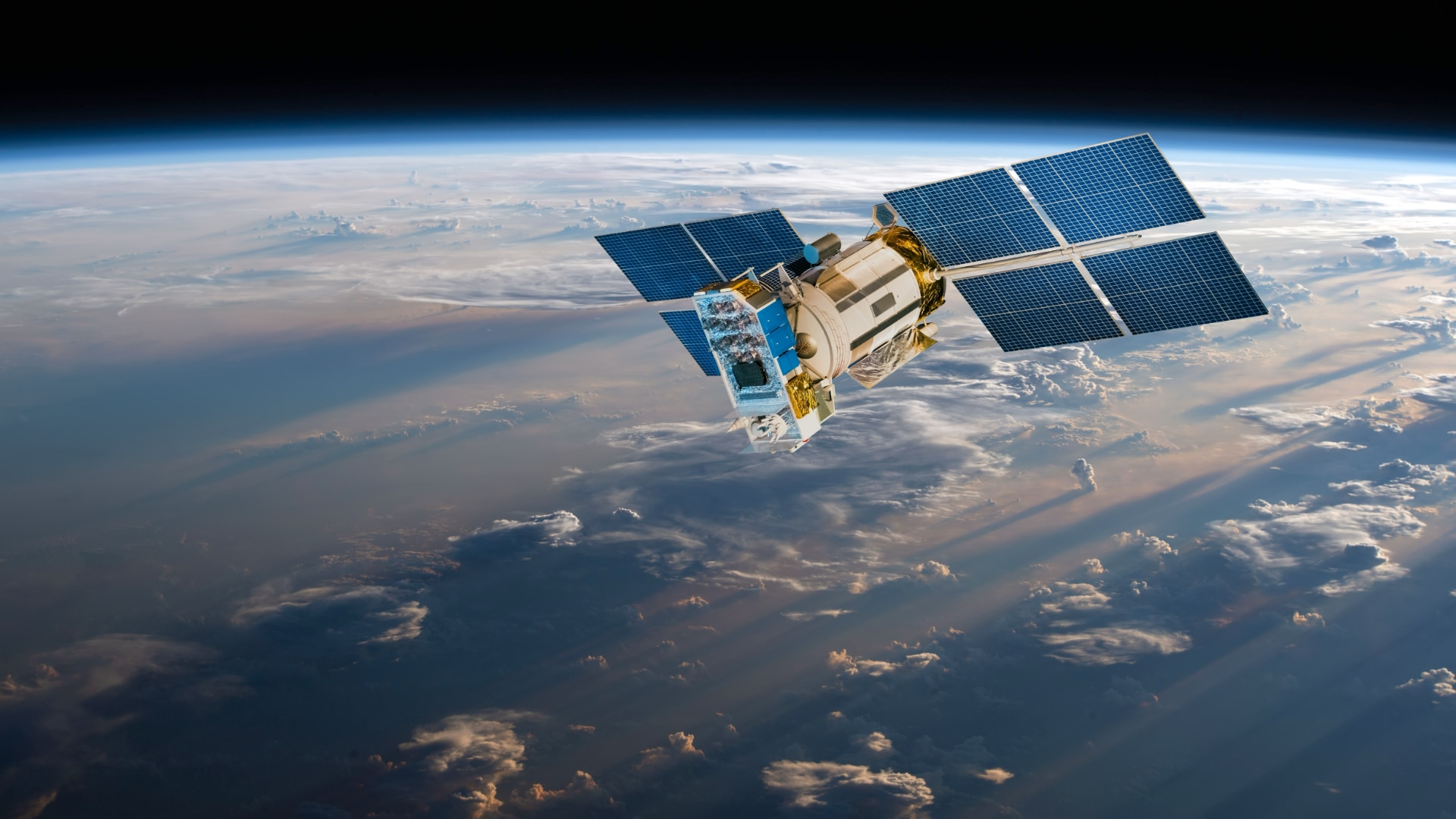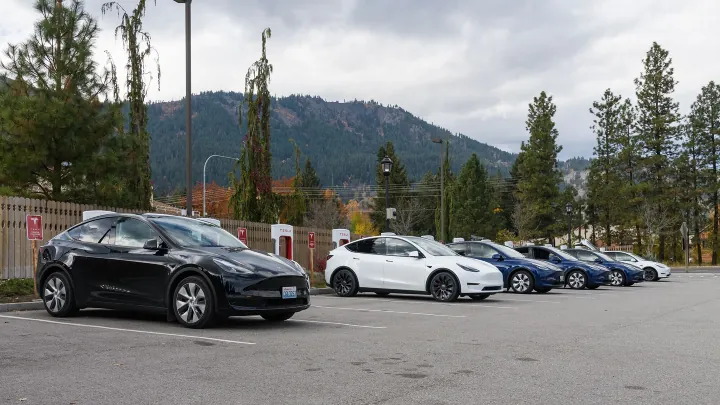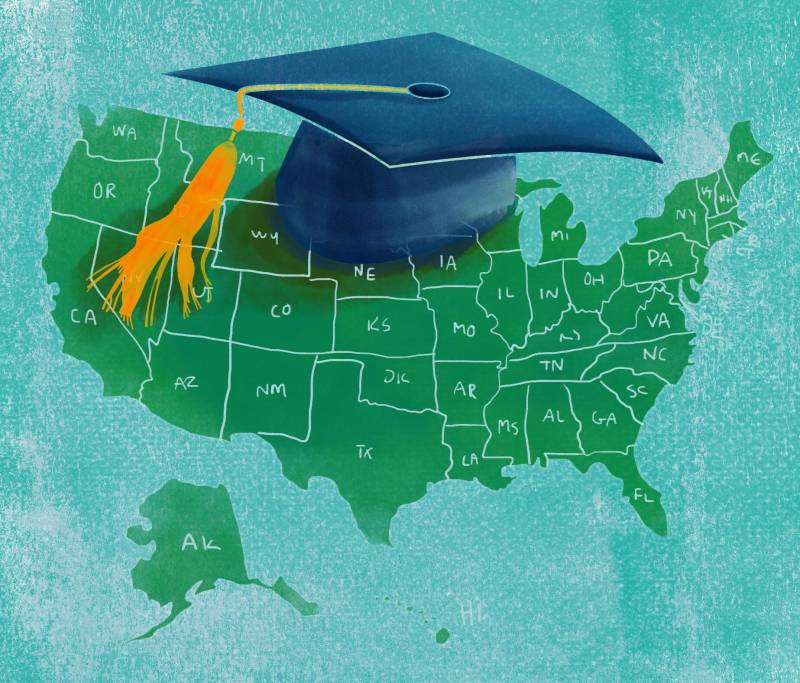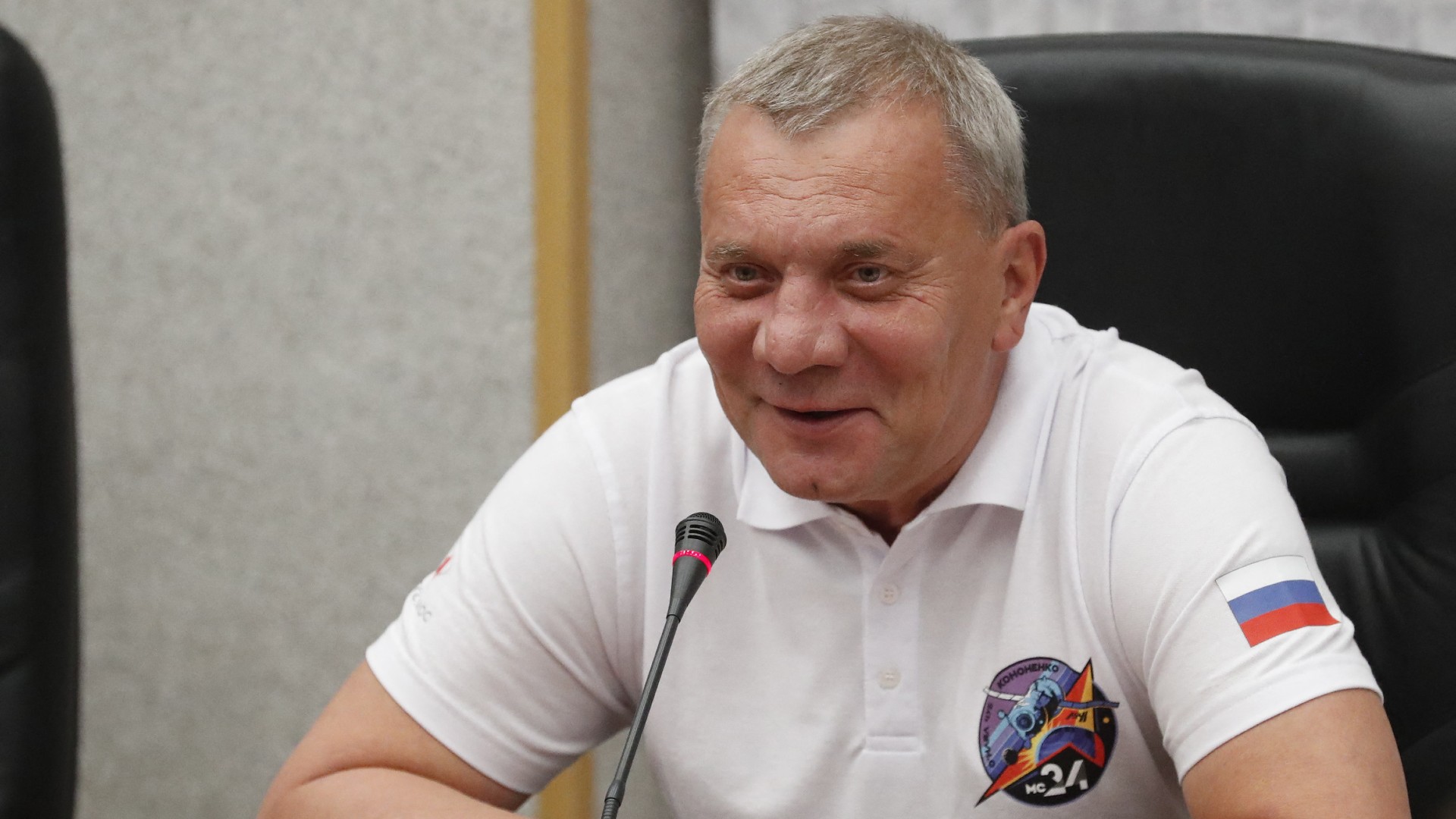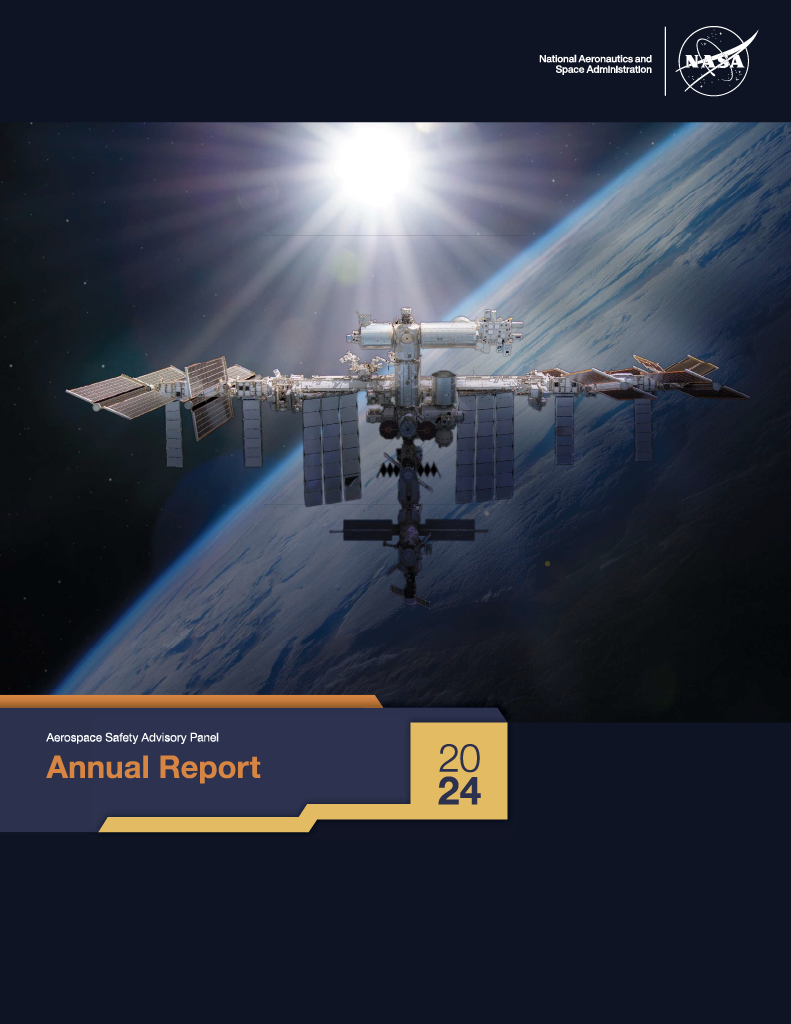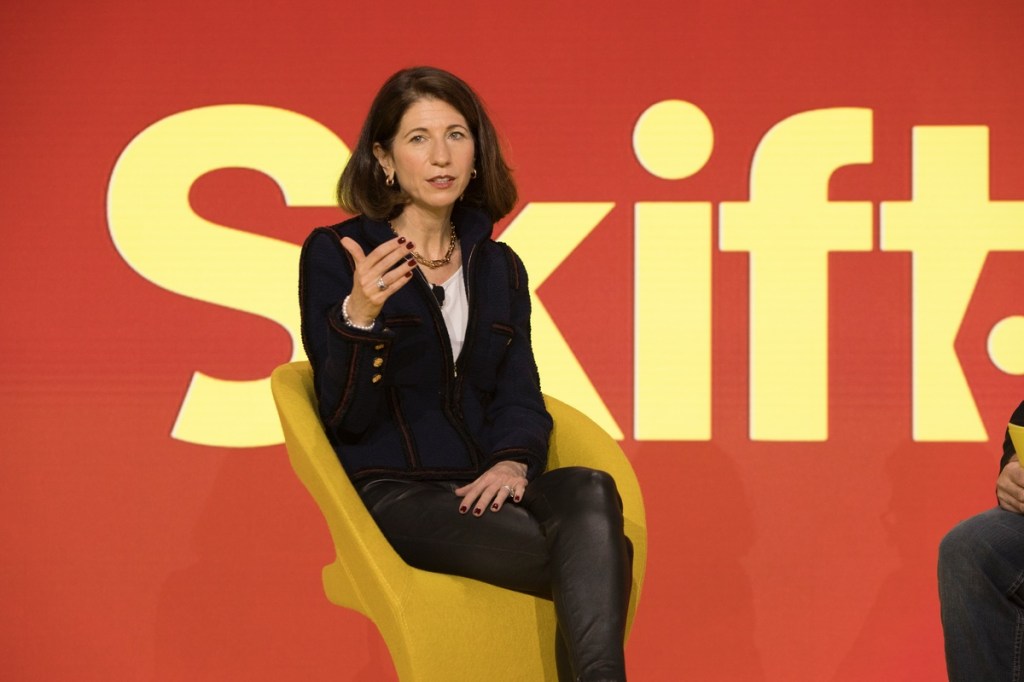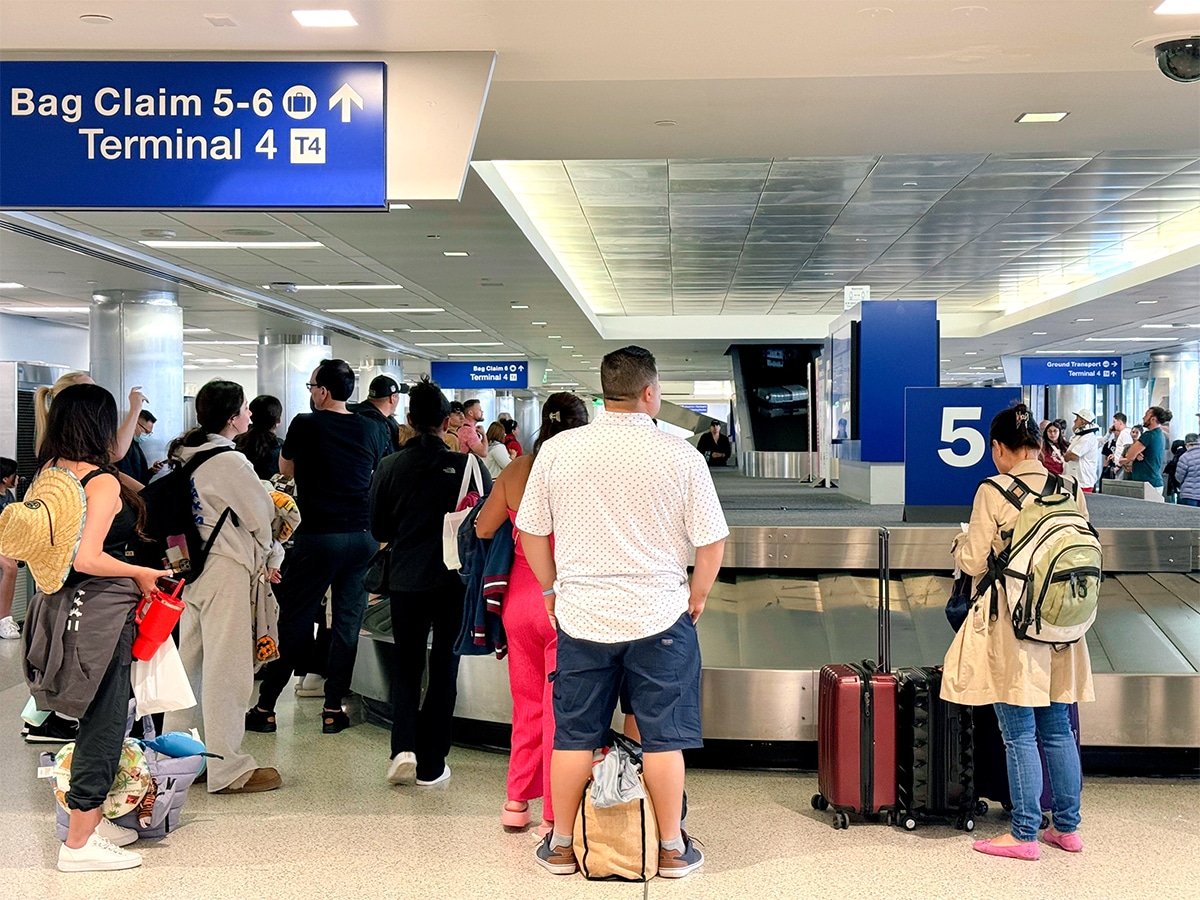What Trump actually wants in the Middle East
While many foreign policy experts see his approach as erratic, Trump operates from a logic those experts abandoned long ago: the art of geopolitics.

President Trump stunned both admirers and critics when he said on Tuesday that the U.S. should “take over” Gaza “long term” and that its 2.2 million Palestinians should leave for unspecified locations. He made these remarks during a joint press conference with Israeli Prime Minister Benjamin Netanyahu, who praised Trump’s “out-of-the-box” thinking.
Yet, on the same day, Trump made statements that would unsettle Israeli hawks. He opposed Jewish settlements in Gaza, demanded Israel implement the hostage deal with Hamas that requires Israeli withdrawal from the Strip and signed an executive order increasing economic pressure on Iran.
At the same time, Trump invited Tehran to negotiate, setting a low bar for compliance — no nuclear weapons — and ruled out military action. Iran’s foreign minister has already responded positively.
This raises a question: Does Trump want confrontation with Arab countries over forced Palestinian relocation, or does he want regional stability through diplomacy?
To understand Trump’s logic, we must view the world through his eyes. While many foreign policy experts see his approach as erratic, Trump operates from a logic those experts abandoned long ago: the art of geopolitics. He understands that, in the 21st century, power hinges on controlling trade corridors.
For decades, international relations scholars dismissed geography as obsolete, assuming globalization had flattened the world. Yet mountains, deserts and seas create chokepoints where states and non-state actors can disrupt trade and affect the global economy.
Trump, however, is acutely aware of these constraints. His interest in Greenland reflects its strategic position on an emerging Arctic Ocean trade route, while his fixation on the Panama Canal underscores his belief in controlling key maritime chokepoints. His Middle East strategy follows the same logic: securing trade corridors that bypass rivals like Iran and Russia.
That’s why the India-Middle East-Europe Economic Corridor is so central to his vision. Here’s a little history of how this initiative came about:
Before Russia invaded Ukraine, China relied on the Siberian trade corridor to move goods overland to Europe via Russia and Belarus. But after the 2022 invasion, Western sanctions severed this vital link.
In September 2023, former President Joe Biden announced the Economic Corridor at the G20 summit in New Delhi, creating a direct trade route from India through Saudi Arabia and Israel to Europe — bypassing Russia and Iran entirely. Biden’s move aimed to achieve three goals: Establish a new East-West trade route. offer an alternative to China’s Belt and Road Initiative, and pull India away from the China-Russia economic bloc toward the West.
For Hamas and Iran, the India-Middle East-Europe Economic Corridor was an existential threat. Hamas saw it as deepening Saudi-Israeli normalization, undermining its cause. Iran, meanwhile, had invested heavily in the International North-South Transport Corridor — a rival trade route linking Russia, Iran and India through a network of railways, highways and ports. The Transport Corridor has been in the works since 2002, with Iran and Russia pouring billions into its infrastructure. If the corridor were to succeed, it would render the Transport Corridor redundant and diminish Iran’s regional influence.
This was the geopolitical backdrop to Hamas’s Oct. 7 attack and the war that followed. Iran escalated the conflict into a regional crisis, using Hezbollah, the Houthis and allied militias to strike Israel. But despite Iran’s efforts, the war resulted in strategic failure for Tehran: the U.S. and Israel weakened Iran’s regional coalition, Hamas and Hezbollah suffered significant blows and Iran’s economy inched closer to collapse. Tehran’s gamble — waging a war to block the India-Middle East-Europe Economic Corridor — backfired.
This is where Trump sees an opportunity. He does not seek disengagement from the Middle East. Rather, he wants to reassert American hegemony. He believes that to maintain global leadership, Washington must control the trade corridors of Eurasia. His approach focuses on neutralizing Iran through economic pressure and diplomatic negotiations, stabilizing Gaza by implementing the hostage deal and pressuring Saudi Arabia with outlandish statements to push it into a peace deal with Israel.
Should Riyadh move toward normalization with Israel without demanding a diplomatic process for Palestinian statehood, Trump would abandon his Gaza displacement plan as swiftly as he dropped his 25 percent tariff threat against Canada and Mexico. For him, rhetoric is leverage — his real goal is restoring American dominance over global trade routes.
Guy Laron is a senior lecturer at the international relations department at the Hebrew University of Jerusalem.



















